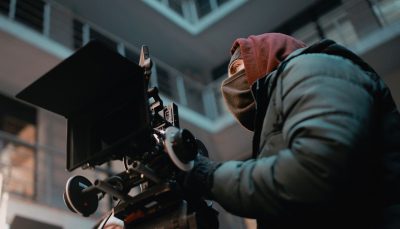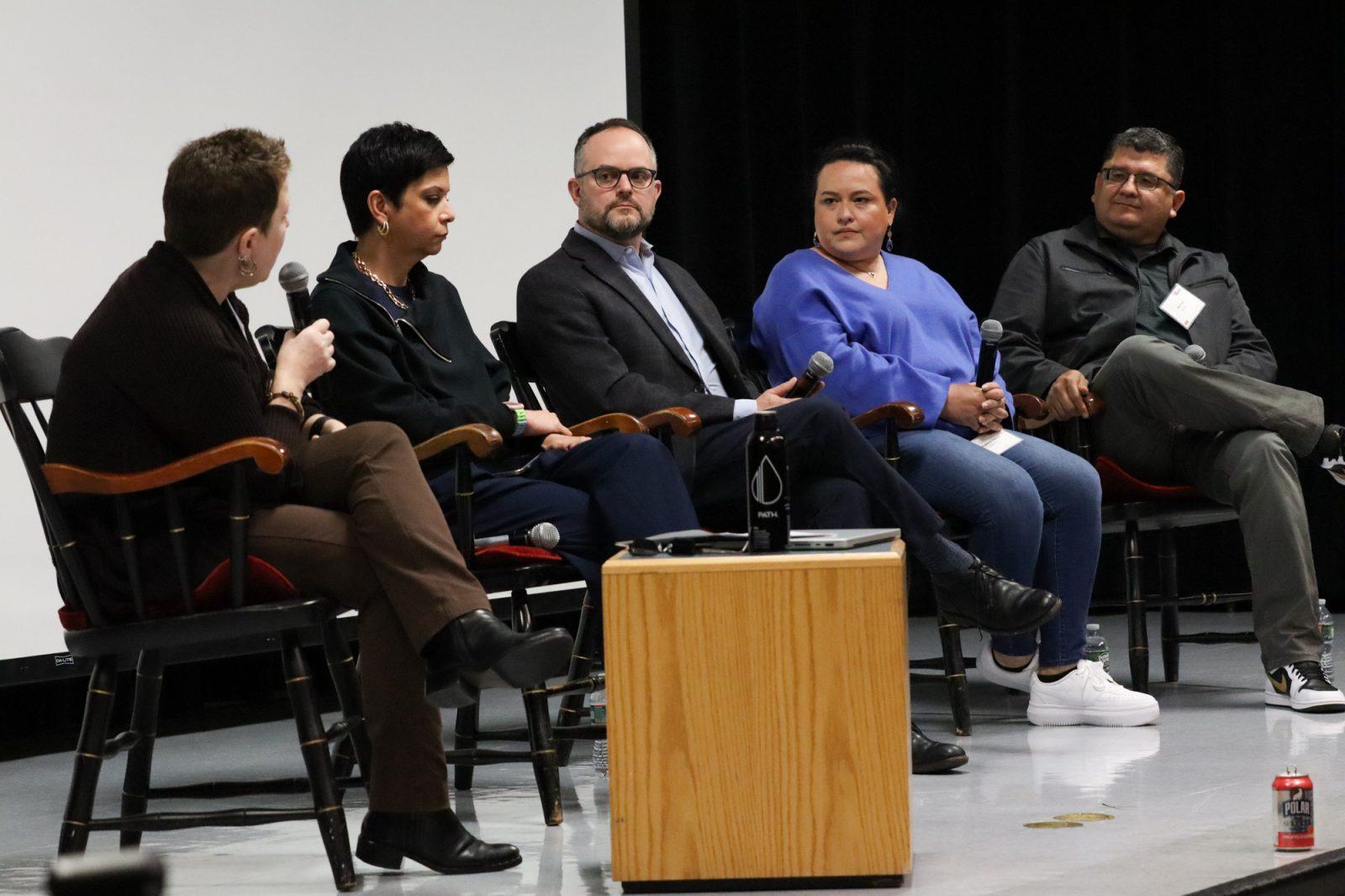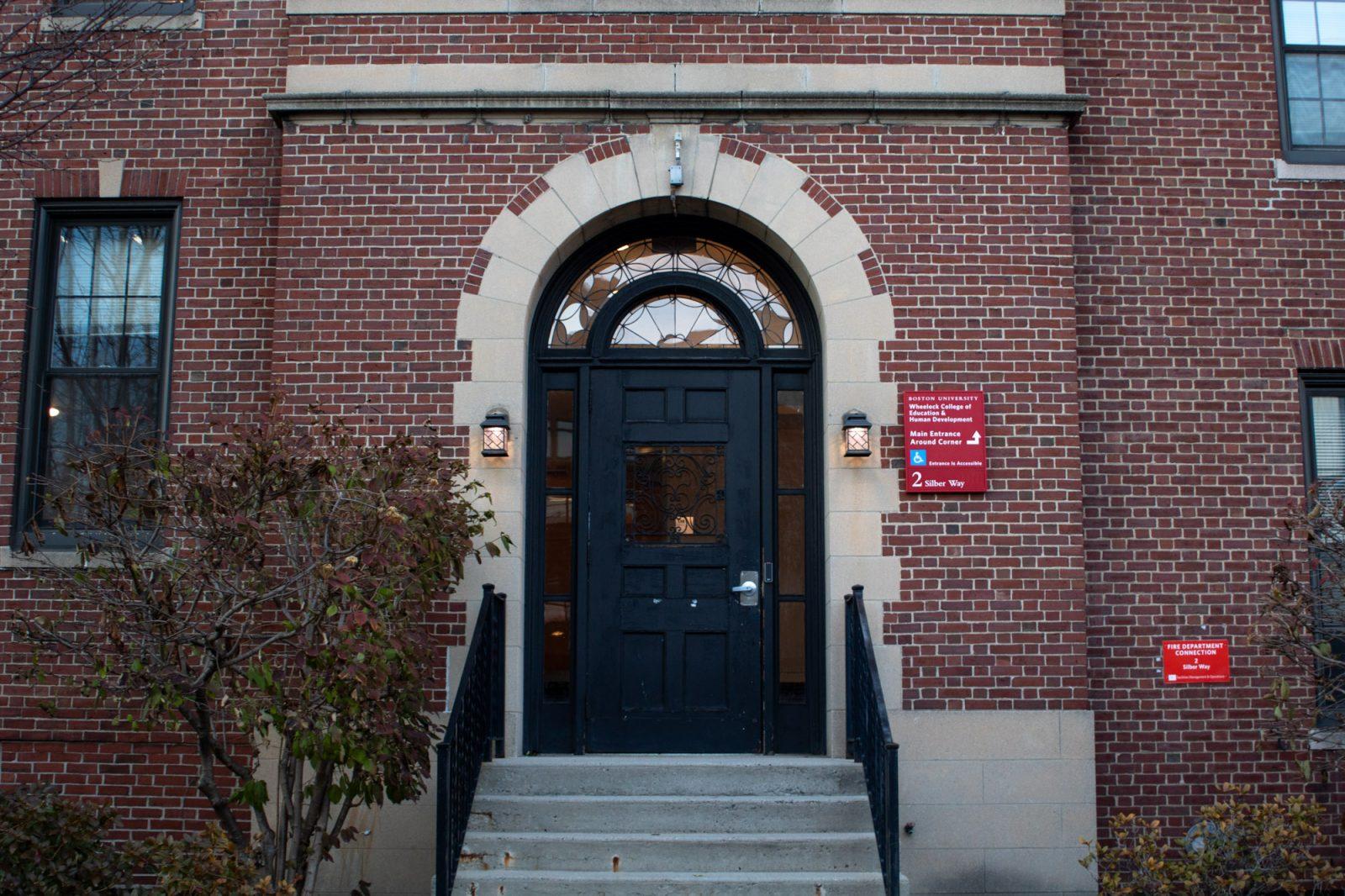The ongoing global pandemic has posed challenges for the arts, but its impact has left a lasting impression on the film industry. Not only did the pandemic shut down movie theaters around the world, but film production itself was forced to adjust to non-ideal requirements to follow health guidance.

For Boston University film and television majors in the College of Communication, having three crew members, no more than two actors per scene, six feet of distance and masks are non-negotiable requirements for all people on set.
Charles Merzbacher, an associate professor in film and television and director of film production programs at BU, said University public health requirements have prompted changes in how students can approach a film.
“Without question, the big obstacle has been the fact that we have not been able to work with actors or documentary subjects without everybody being masked,” Merzbacher said. “All actors, even if they’re roommates, family members, they have to be masked, and we’ve required that for all of our courses.”
He added the department has “really focused on keeping everybody working within the BU community” through being regularly tested as an additional precaution.
Merzbacher said film and television production has been adhering to all the health and safety guidelines issued by the BU’s Medical Advisory Group. For filming, students must keep at least six feet of distance between the cameras and the subjects in addition to mask-wearing.
However, Merzbacher said health and safety guidelines have also created new opportunities for storytelling.
“As you can imagine, trying to tell stories where all you see are people’s eyes is really, really challenging,” Merzbacher said. “Students have come up with interesting ways to minimize what we see … so that we’re not necessarily aware of these, these odd disconnects, but it’s just a big, big a challenge.”
He said students have creatively come up with ways to minimize showing a subject’s face, such as capturing someone from the back for a shot in the kitchen. Other students have set their stories in a dystopian future where masks are part of the story.
Geoffrey Poister, an associate professor of television, said some film students have created “strong” new projects with a darker theme to add the mask requirement into their films.
“This [ student story] was about a person who realized the state of affairs and that the air was toxic and she didn’t want to stay inside any longer, so she decided to go outside, knowing that it probably would kill her,” Poister said. “Another one was about somebody who stole masks.”
So far, the current restrictions have been keeping students safe, Poister said.
“We haven’t had infections as far as we know that have resulted from any of our shoots,” Poister said. “So what we’ve been doing has been working.”
He added that the guidelines the department uses are from the Motion Picture Association, and are used in professional films too.
Merzbachers said the department is cautiously optimistic because they are unsure if CDC guidelines about surface contact transmission will change, which affect BU guidelines on how to handle the equipment.
“As far as the fall goes we don’t know yet what rules are going to be required,” he said. “We are hopeful … that students will be able to handle equipment without having to worry about transmission of the virus by handling the same pieces of gear.”
Now, Merzbacher said returned equipment must be kept out of circulation to decontaminate between each checkout, which affects the inventory of equipment “significantly.”
Students have also been challenged with their efforts to continue working through the pandemic. Dominique Charest-Ciampa, a junior in the College of Communication, said she is headed to Los Angeles for the Fall semester. Without much direct hands-on experience with cameras, the learning curve is difficult.
“I would say it’s definitely more work in certain senses,” she said, “because you have to do a lot more planning around different COVID regulations.”
Charest-Ciampa also commented on the impacts masks have on the creative side of filmmaking, saying it poised some obstacles.
“It’s totally fine for everyone in the crew to be wearing masks,” Charest-Ciampa said, “but it just doesn’t look as good on camera without facial expressions, because you’re only seeing people’s eyes.”
Merzbacher said that no matter how COVID-19 guidelines change in the fall, reviewing the policies for equipment for student use will ensure that students have more access to hands-on experience.
“We rely on the guidance of the experts on this stuff, and sometimes that can be frustrating,” Merzbacher said. “We will have much more that we can offer our students, if we can return to something like normal where students can have quick turnarounds of equipment.”


























































































































